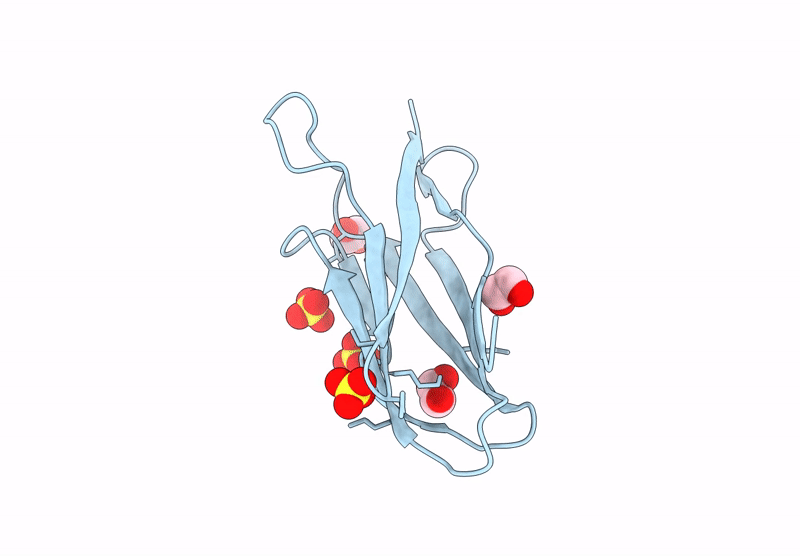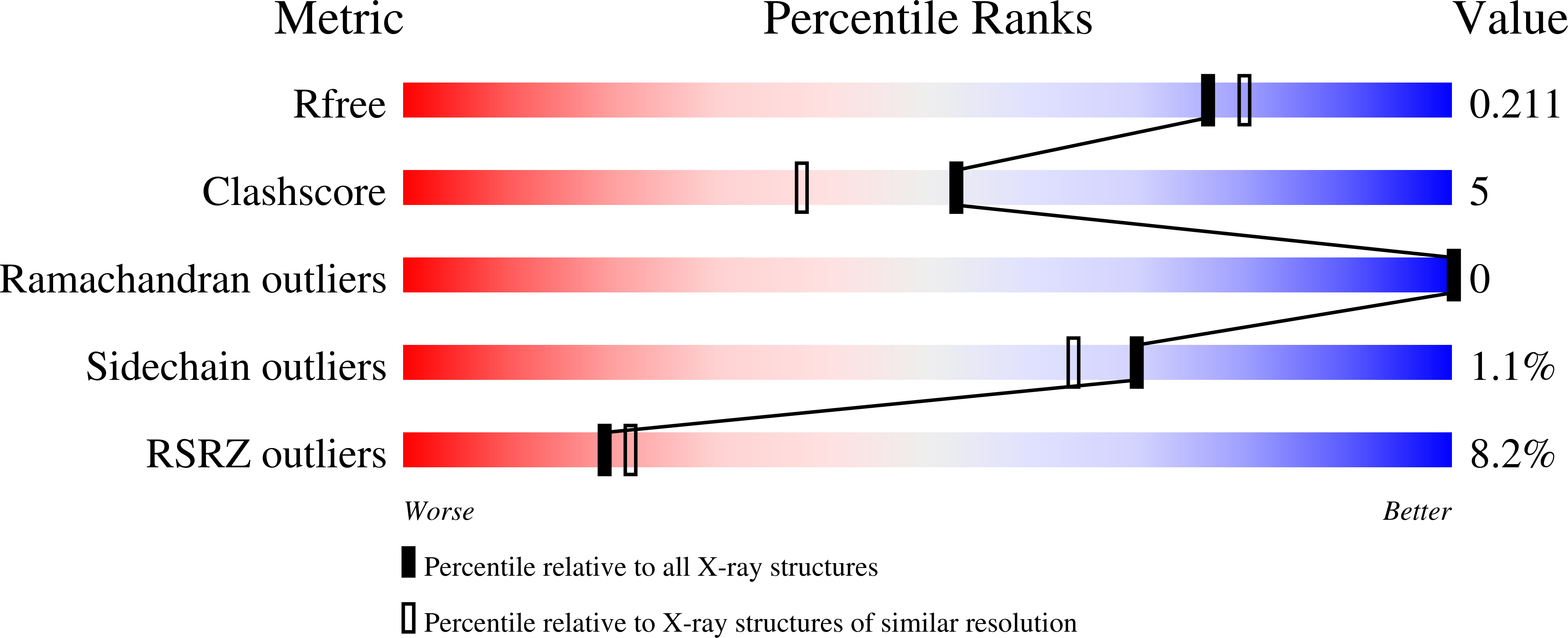
Deposition Date
2024-06-10
Release Date
2025-04-02
Last Version Date
2025-04-02
Entry Detail
PDB ID:
9C72
Keywords:
Title:
Structure of the ASH3 domain of Drosophila melanogaster Spd-2
Biological Source:
Source Organism:
Drosophila melanogaster (Taxon ID: 7227)
Host Organism:
Method Details:
Experimental Method:
Resolution:
1.93 Å
R-Value Free:
0.20
R-Value Work:
0.17
R-Value Observed:
0.17
Space Group:
I 41 2 2


